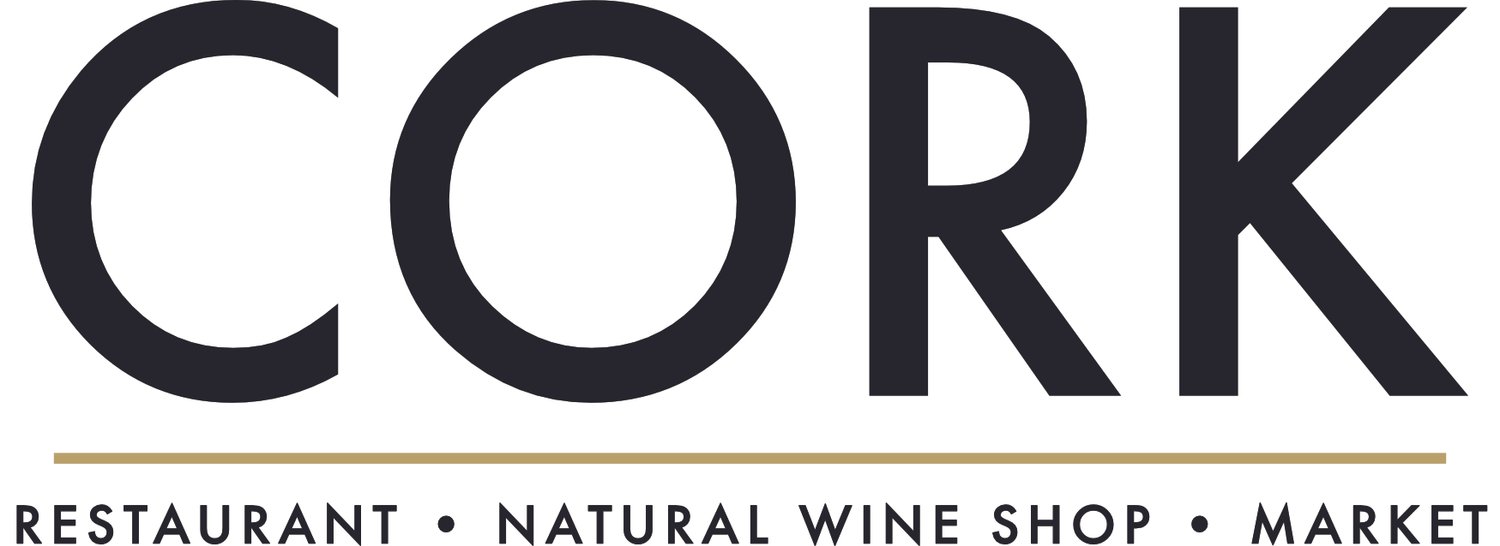Wine Club: Anything but Riesling
I say German wine. You say….Riesling. You think…sweet. I say…let’s talk about this.
I’m going to show you anything but Riesling. While the country is hailed for its incredible Rieslings and while I do love them so…Germany isn’t just for Riesling. Germany while steeped in wine making tradition and history is most recently seeing a rebirth of reputation. The 1985 diethylene glycol scandal of Austrian wines took its toll on the exports of the West German wines so with years of strict regulations and quality control, the country is making a comeback and not just for Riesling. It is becoming an increasingly popular area to plant Spatburguder (aka Pinot Noir) which if you have a map out, the Pfalz region commonly growing it isn’t too far from the great region of Burgundy and their Pinots. And what’s more is the terroir that blends through the borders optimizing it’s success. German is going to be a place to watch as we start to see climate change affecting some of the most prestigious winemaking regions in France such as Champagne & Burgundy. And here are just a few winemakers we like to follow.
Seehof • Weissburgunder Trocken • Rheinhessen Germany
So you know that little scandal I mentioned? One of the culprits (Liebfraumilch) was from the Rheinhessen turning that region into the ‘armpit of German wine’ when they were blending diethlylene glycol (antifreeze) into their wines. Needless to say, the winemakers of that region were largely ignored for decades until local Klaus Peter Keller flipped the narrative on dry German rieslings, achieved jaw dropping prices and peaked enough interest to have people question ‘who is the next Keller?’
The sudden push to find the next great winemaker of Germany resulted in a shift of many winemakers attention to positioning and getting noticed rather than to creating great wine. But Florian Fauth has remained steadfast in his commitment to creating wines of balance and clarity. As importer Vom Boden puts it ‘It’s not that the wines don’t have ambition – far from it. Rather, it just feels like the wines are content in being really good, or in being great, or in being whatever it is they are…without having to shout about it.’
The Weissburgunder (or Pinot Blanc) is full of herbaceous tones like tarragon and fresh fruit like pear and lime zest. We will get your one of his Rieslings eventually but we were very excited to see the Weissburgunder just in time for this cooler weather.
Andi Knauss ‘Pure’ • Lemberger, Zweigelt • Württemberg Germany
Heading to the southwestern tip of Germany on the border of Switzerland, we arrive in Württemberg where winemaking was more of a hobby than a career to the earlier generations of this domaine. But not to Andi Knauss. He always knew he wanted to be a vigneron and after learning how to work organically he took over Weingut Knauss in 2004. In a few short years he managed to become one of the most important and exciting estates of the area. Everything is done by hand and they spend almost every day in the vineyards spanning over 100 different vineyard sites where different types of limestone vary in depth and in age.
The ‘Pure’ line of wines are his unadulterated, unfined, and unsulfured wines. This red is a blend of Lemberger (aka Blaüfrankisch) and Zweigelt that blooms with blackberries, violet & white pepper with subtle tannins- a must have for those last nights of grill sessions on the deck before winter.
Weingut Odinstal ‘Nakt’• Silvaner • Pfalz Germany
I first tasted these wines about 8 years ago in Boston- they have since moved importers and are now becoming available to us here in Vermont which is truly exciting. I’ll admit, I didn’t quite get what I was drinking back then but Odinstal is an outlier, a pioneer, and a bit of a unicorn for the Pfalz. The word ‘natural’ or ‘biodynamic’ are not common in this area where high residual sugar, pesticides, and sulfur are the norm. The estate passed through a few families up until Thomas and Ute Hensel decide to make it their home in 1998. The hook? The soils- Odinstal has those special kinds of soils. Sitting at the highest altitude for the region, Odinstal lies on the edge of an extinct volcano where rapidly cooling lava pushed the soils into vertical plots of almost pure basalt, sandstone, shell limestone and keuper. The shift to biodynamics with leading practitioner Andreas Schumann helped to illuminate the different compositions of earth that the vines were growing in.
The Nakt Silvaner is elegant with stone fruit & apple followed with mouth tingling acidity. No additions of sulfur as well.
Brand ‘Mythos’ • Cabernet Mitos • Pfalz Germany
Oh the Brand brothers! We love these two- this family owned winery have been producing wines since 1891 and when Daniel & Jonas took over they remained steadfast in their ‘Working in nature and with nature’ focus. They refuse to use any mineral fertilizers or pesticides but focus on using the power of nature with plant based remedies such as teas or herbal extracts to strengthen the vines. They focus on maintaining the biodiversity within the vineyards to keep the soils healthy and to attract beneficial insects. Cabernet Mitos is a cross of Blaüfrankisch and Tenturier du Cher which was developed in the 1970s to be used as a blending varietal. Similarly to Knauss, the Brand classify the ‘Pur’ lines of wines as their unfined, unfiltered, and unsulfured wines.
From the Brand brothers on the label- ‘The logo represents two things: you can find the hand taking an oath on the keystone of St. Martin’s Church in our village of Bockenheim and therefore it represents our emotional relationship to our region. On the other hand, the hand is a symbol for quality in the bottle and our close connection to nature.’




